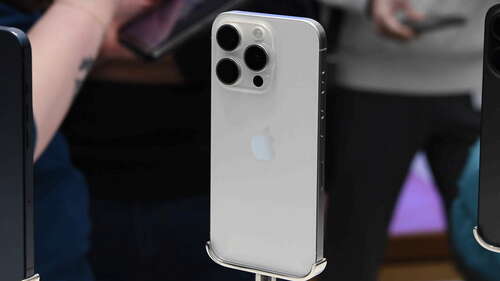
Despite being the biggest player in the smartphone market, Apple has set a terrible example when it comes to charging innovations. Take, for example, the iPhone 15 Pro Max, which only allows 20W peak wired charging, 15W MagSafe wireless charging, and limits Qi charging to a mere 7.5W. For comparison, the OnePlus 12 allows 100W wired fast charging and 50W wireless charging.
Apple’s best promises to fill the tank up to the halfway mark in around 30 minutes. OnePlus’ latest can go from empty to full in just 26 minutes. But OnePlus is not even the fastest in the game. Xiaomi has offered 120W charging on multiple phones over the past few years, including budget-centric mid-range devices. The iQoo 10 Pro reached the 200W mark, while the Realme GT 3 touched the 240W wired charging output.
Yes, super fast charging is not without its flaws. Smartphone makers have made some impressive strides at developing safety checks related to heat management, chemical degradation, and voltage flux. Yet, the biggest names in the industry — including Apple, Google, and Samsung — continue to play it safe. While claims of longevity have been made by all adopters, we still don’t have enough data to conclusively verify ultra-fast charging is totally safe.
However, Apple doesn’t need to set a new record. Instead, all that the company needs to do is step up and get at least half-competitive. A bump to at least 40W or 50W wired charging adds a lot more convenience to the lives of iPhone buyers. After all, it’s not about how quickly you can get a full charge. It’s about how much charge you can get in short bursts of 10 or 15 minutes of plugged-in time.

